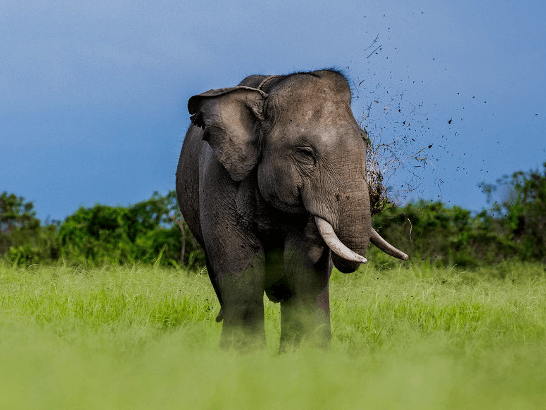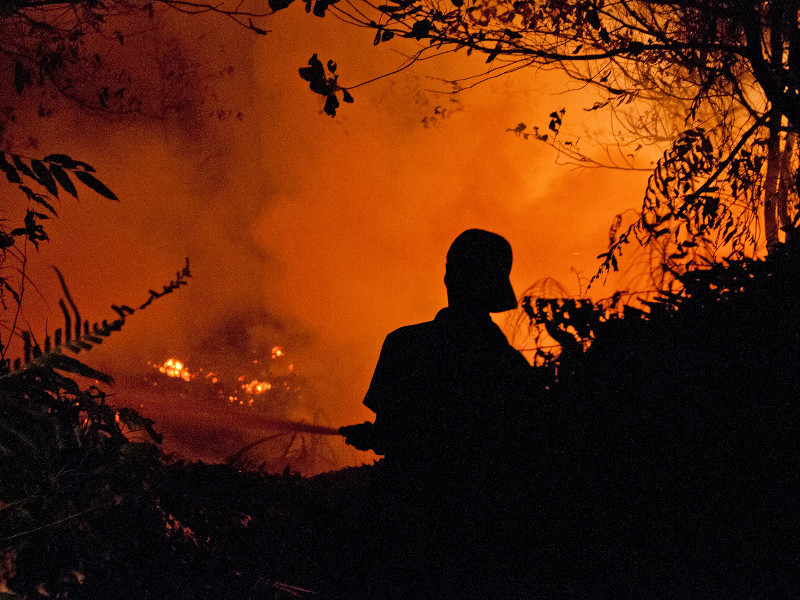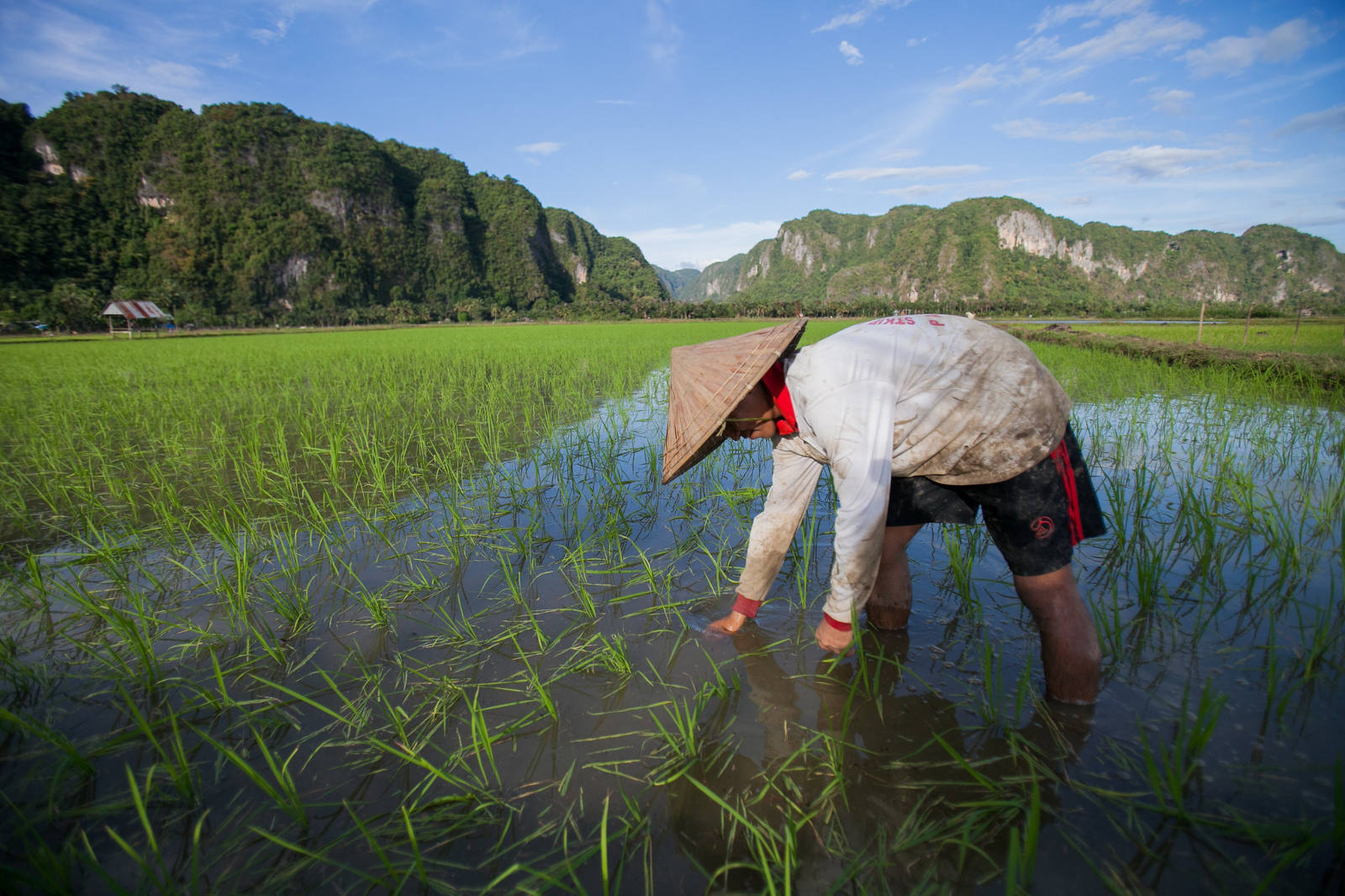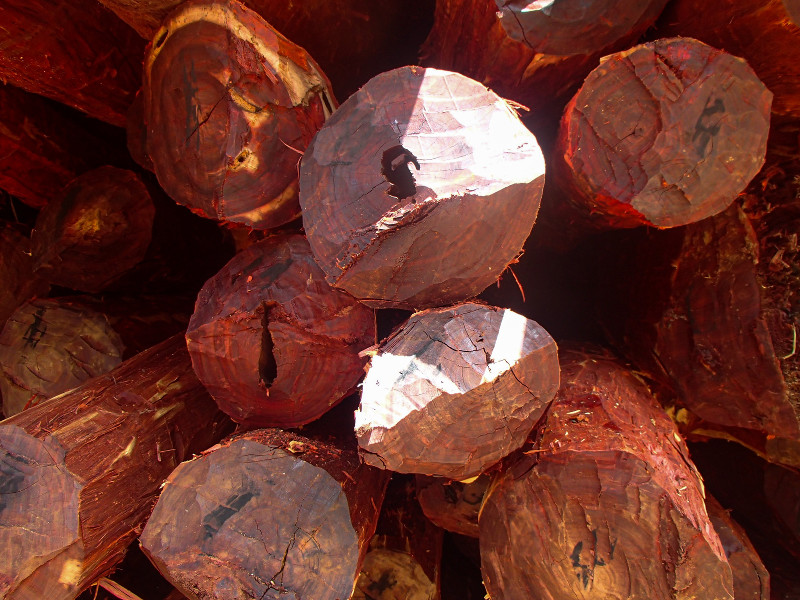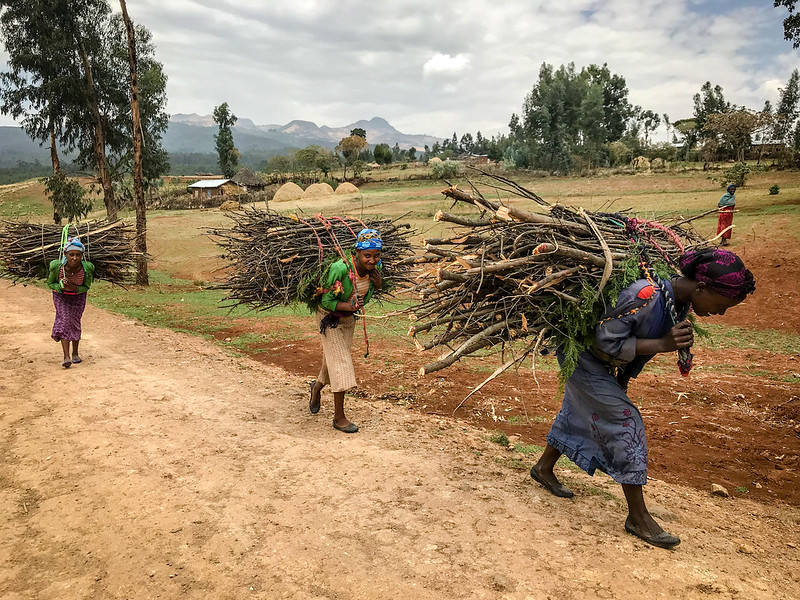Although carbon (C) stored deep in soils of tree-dominated land use systems in the tropics represents a large reservoir of organic matter its vulnerability to land use change has been hardly assessed. To fill this gap, we sampled Acrisols down to 3 m under three different land use systems; namely, recent cacao agroforestry (50 years) all located in Kapuas Hulu regency, West Kalimantan, Indonesia. We then assessed soil organic carbon (SOC) stocks as well as C accumulated in above- and belowground biomass, litter and dead wood debris at the soil surface. The amount of C stored in soils to a depth of 1 m exceeded the amount stored in living biomass (S C stored in roots, understorey and overstorey) strongly in the cacao agroforestry systems (69 Mg SOC vs. 12 Mg biomass-C ha-1), slightly in young rubber gardens (85 Mg SOC vs. 69 Mg C ha-1), but not in old rubber gardens (87 Mg SOC vs. 200 Mg C ha-1) and secondary forests (65 Mg SOC vs. 138 Mg C ha-1). Additionally in the older systems, up to 140 Mg C ha-1 (old rubber gardens) and 116 Mg C ha-1 (secondary forest) were found in soils to a depth of 3 m, thus raising soil C stocks by 60 to 80% relative to C stored in upper soil (0 to 1 m). We conclude that (1) the form of land use and land use change can substantially affect C stocks in living biomass, with aboveground biomass in old rubber gardens comparable to that of secondary forests; and (2) that land use change can reduce SOC in topsoil, but that substantial C stocks found in deep (down to 3 m) subsoil remain stable.
DOI:
https://doi.org/10.1016/j.geoderma.2019.07.022
Altmetric score:
Dimensions Citation Count:












